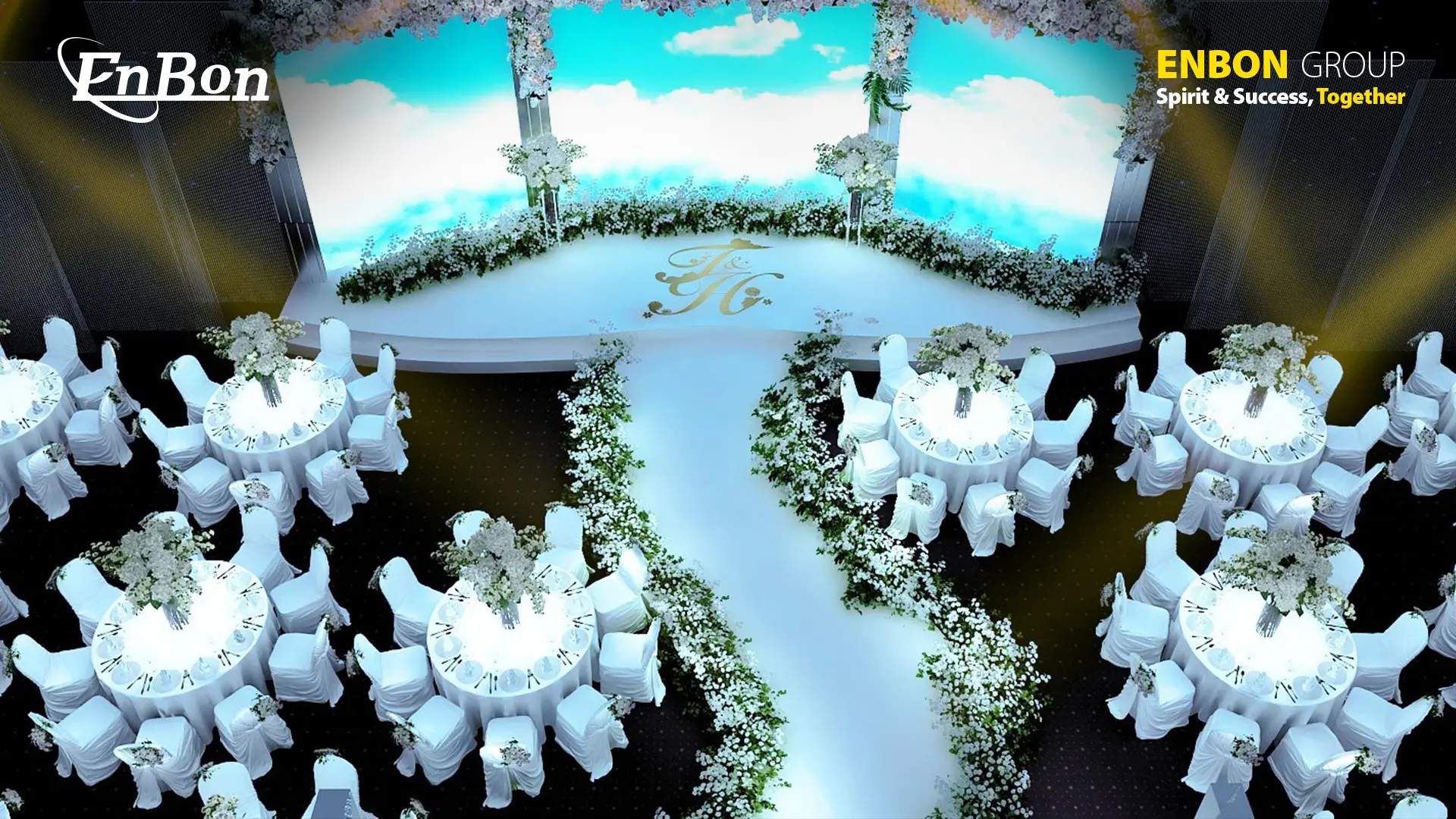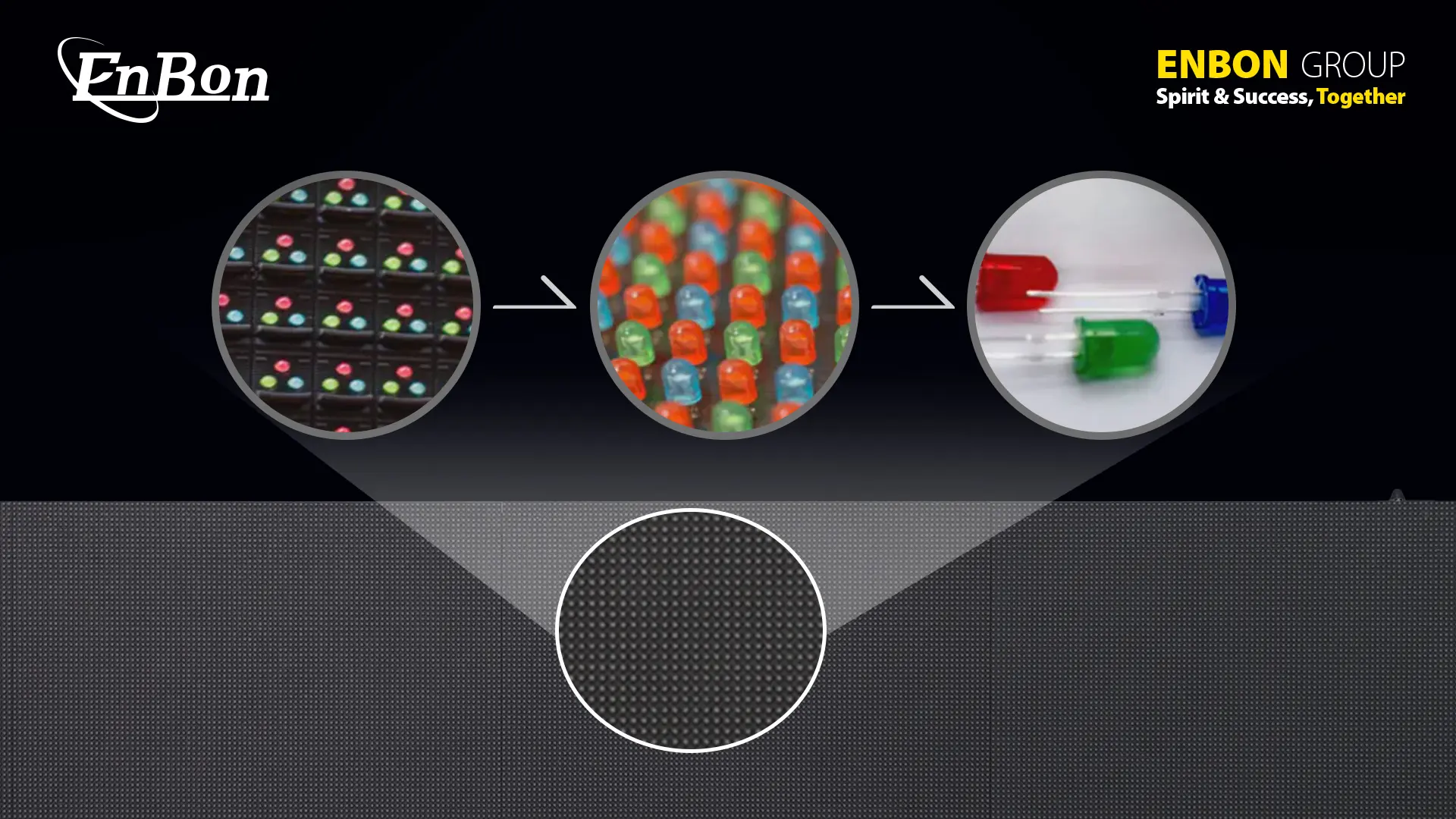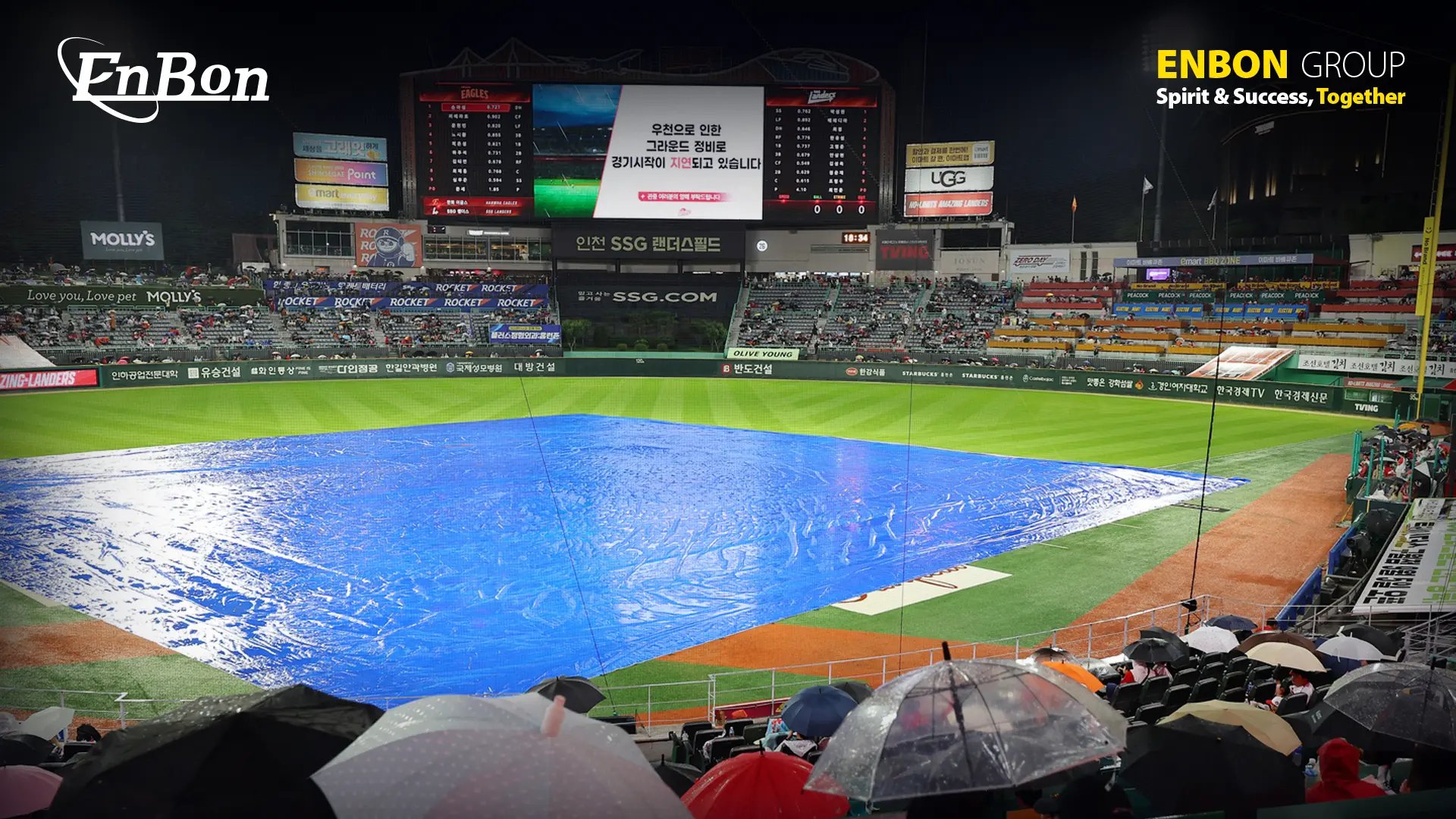Every event needs a screen. Whether it's a wedding, a concert, or a business show, people expect clear visuals that make the program exciting and easy to follow. Event organizers usually think about two main options: LED displays and projectors.
Both can show pictures and videos, but they are not the same. A wrong choice can mean blurry visuals, low brightness, or an audience that loses interest. That's why it's important to know the difference.
In this guide, we will look closely at LED displays vs projectors for events. You'll learn how they work, where each one fits best, and why LED displays are becoming the top choice for modern events. This will help you plan smarter and give your audience a better experience.

Overview of LED Displays
An LED display is a screen made up of thousands of tiny light bulbs, called LEDs (light-emitting diodes). Each bulb gives off bright color, and together they form pictures, videos, or text. Because the lights are strong, the screen stays clear even in daylight or at night.
Key Features
- High Brightness: Works well indoors and outdoors, even under sunlight.
- Flexible Sizes: Small panels join together to build any screen size or shape.
- Durability: Designed to run for long hours without losing quality.
- Easy Control: Content can be updated quickly using simple software.
Advantages for Events
LED displays make events more engaging because the visuals are sharp and colorful. Unlike flat TVs or projectors, they can cover very large areas without losing clarity. They also work well in all kinds of weather, which makes them perfect for outdoor use.
Examples of Use
Event organizers use LED displays at concerts, sports matches, exhibitions, weddings, and product launches. From showing live performances to playing ads or event schedules, LED screens help the audience stay connected and entertained.

Overview of Projectors
A projector is a device that throws an image or video onto a wall or screen. It usually works by shining light through a lens. Projectors have been used for many years in classrooms, meetings, and small events.
Key Features
- Compact Size: Easy to carry and set up.
- Budget Friendly: Often cheaper to rent or buy than large screens.
- Works Indoors: Good for small rooms with controlled lighting.
- Different Types: LCD, DLP, and laser projectors are common options.
Limitations for Events
Projectors need a dark or dim space to look clear. In bright light or outdoors, the image often looks faded or washed out. The picture size is also limited—large projections can lose sharpness. They require a flat surface and careful alignment, which can take extra time.
Examples of Use
You'll still find projectors in classrooms, offices, small training rooms, or indoor events with a close audience. They work best when the group is small, the space is dark, and the budget is limited.
LED Displays vs Projectors – Key Comparison
Here's a quick side-by-side look at how LED displays and projectors perform in real event settings:
|
Comparison Point |
LED Displays |
Projectors |
|
Brightness & Visibility |
Clear even in daylight and outdoor use. Works day and night. |
Needs a dark or dim room. Fades in bright light or outdoors. |
|
Image Quality |
HD/4K visuals with sharp colors, even on very large screens. |
Can look blurry or washed out on big screens. |
|
Screen Size |
Scalable to any size or shape by joining panels. |
Limited by wall or screen size; fixed projection distance needed. |
|
Setup & Portability |
Modular panels allow quick setup and easy moving for rentals. |
Lightweight but needs a flat surface and careful calibration. |
|
Durability |
Strong, weather-resistant, and long-lasting. |
Fragile; can be damaged by dust, heat, or impact. |
|
Cost Efficiency |
Higher upfront, but better value for large events and repeated use. |
Lower upfront cost; good for small indoor meetings. |
|
Audience Engagement |
Bright, colorful visuals that capture attention in big spaces. |
Less impact on large audiences; works better in small rooms. |
In short: LED displays bring power, size, and reliability, while projectors are limited to smaller, controlled spaces.
Why LED Displays are Better for Events
Choosing the right screen can decide how people enjoy your event. Here's why LED displays usually work better than projectors:
1. Outdoor Visibility: Events don't always happen indoors. LED screens stay bright under sunlight, rain, or stage lights. The picture is always clear. Projectors fail in bright spaces because their light gets washed out.
2. Clear for Large Crowds: LED displays can grow to any size, so even people at the back see everything clearly. Projectors have limits—if the audience is too far, the picture looks dull or blurry.
3. Works Anywhere, Anytime: An LED screen doesn't care about room light. Day or night, inside or outside, it stays strong. Projectors only work best in dark rooms, which makes them less reliable for many events.
4. A Professional Touch: LED screens make an event look modern and high-class. They show logos, live video, or ads with sharp detail. That's why big brands, concerts, and exhibitions use them to create a premium feel. Projectors look simple, and they don't give the same strong impression.
This is why more organizers now choose LED displays. They make events brighter, more engaging, and more professional.
When to Choose Projectors Instead
Projectors are not useless—they just fit in small, simple situations. If your event is small and indoors, they can still do the job.
Suitable for:
- Small indoor meetings where only a few people need to see the screen.
- Budget-limited presentations where spending big is not possible.
- Classroom lectures in low-light rooms, where the audience sits close.
Projectors are a good choice only for small-scale and low-light events. They are light to carry and cheaper to use. But if you need to impress a large crowd, show clear images in daylight, or create a premium event look, LED displays will always be the stronger option.

Conclusion
Both LED displays and projectors have their uses. Projectors work fine for small indoor spaces, classrooms, or low-budget meetings. They are light, simple, and easy to use in controlled settings.
But for modern events where the audience is larger, the venue is brighter, or the brand needs a premium look, LED displays stand far ahead. They deliver high brightness, flexible sizes, and reliable performance that projectors simply cannot match.
If you want maximum visibility, engagement, and professionalism, LED displays are a far better choice than projectors for events.
Frequently Asked Questions (FAQs)
- Are projectors better than LED screens?
No, projectors are not better than LED screens for events. Projectors work fine in small, dark rooms, but LED screens give brighter, sharper visuals in any setting, especially outdoors or in large venues.
- What are the advantages of LED displays?
The biggest advantage of LED displays is clear visibility in any light. They are scalable to any size, weather-resistant, reliable, and perfect for engaging large crowds with vibrant visuals.
- What are the disadvantages of projector screens?
Projector screens don't work well in bright light or large spaces. They often look blurry from a distance, need dark rooms, and are less durable compared to LED displays.
- Which is better, LED lights or projectors?
LED screens are better for events, while projectors are limited to small rooms. LED displays bring high brightness, flexibility, and a professional look, while projectors are only cost-effective for small indoor uses.
- How long do LED display screens last?
High-quality LED display screens can last up to 100,000 hours (over 10 years) with proper maintenance. Their long lifespan and low maintenance needs make them a cost-effective choice for long-term use.


